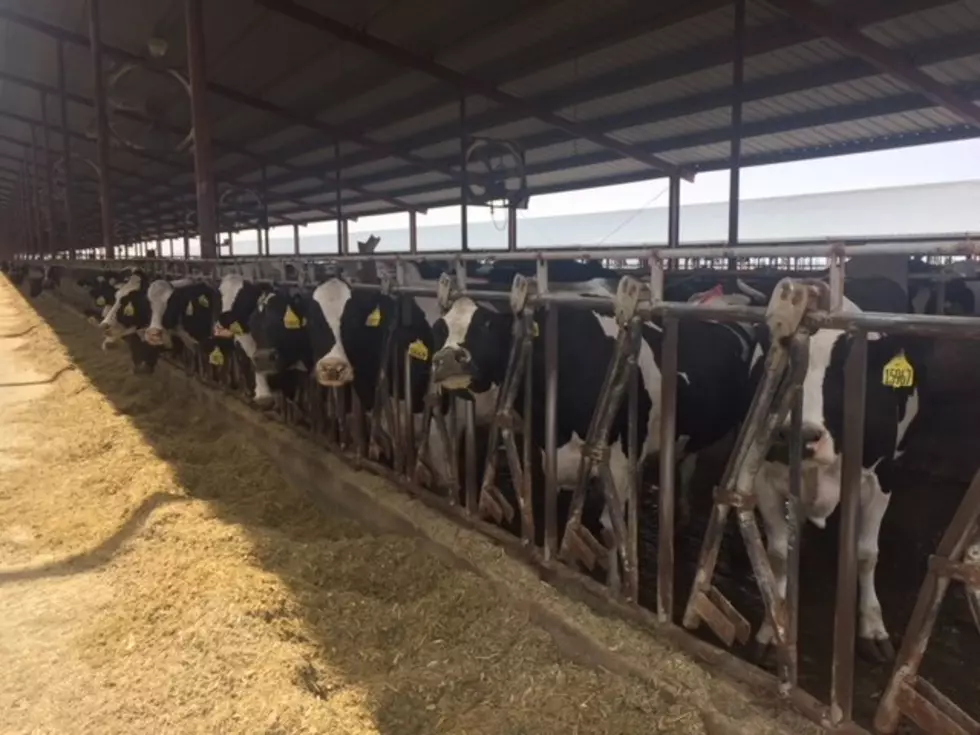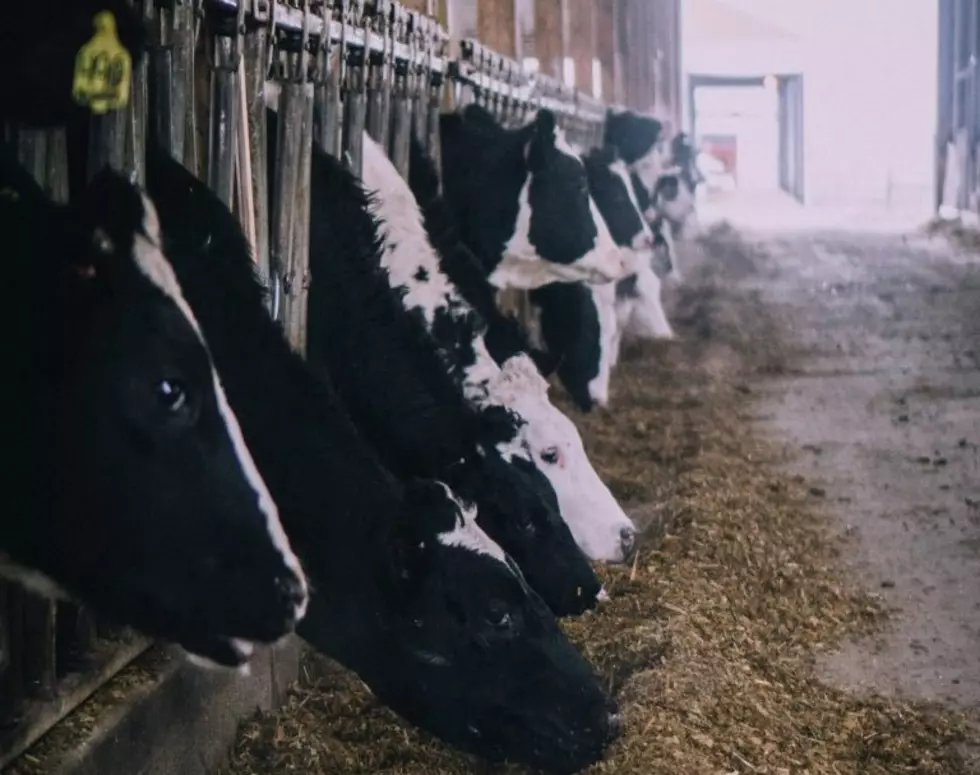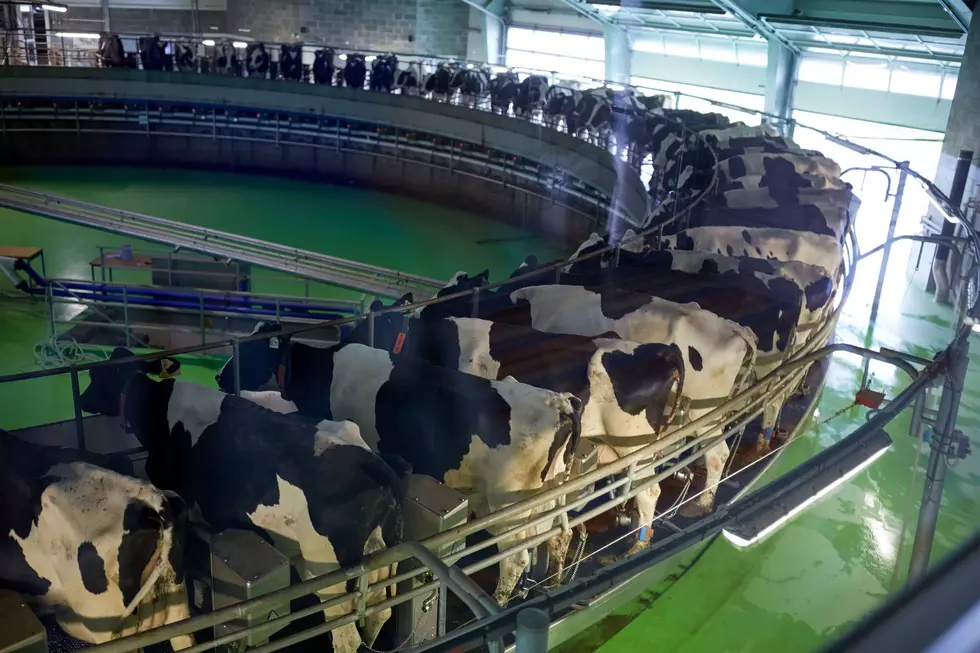
Deworming On The Dairy This Time Of Year
External parasites in your dairy herd can turn shiny coats into tattered ones and reduce the comfort, efficiency, and performance of the herd.
“Lice are typically going to be found around the neck, shoulders, or back of cattle and there's a couple of different kinds. We have biting lice and sucking lice," said Dr. Jennifer Roberts, professional services veterinarian with Boehringer-Ingelheim. "Those can be a real challenge because the cows get very itchy from it and can be uncomfortable. The other parasites that we worry about are mange mites. The most common ones that we see are the ones that live around the tail head and the hindquarters of the animals. Chorioptic Manges, that classic tail head made that we think of when we start to see those crusts and scabs around the tail head of the cows. There's another type of mange called Sarcoptic Mange, and this can cause more severe lesions than the mange mites and the Chorioptic Mange Mites do. But the big concern was Sarcoptic Mange is that it's transmissible to humans.”
Why are external parasites are a concern, especially in the winter?
“Anything that impacts cow comfort is going to have an impact on their production in the herd," Roberts noted. "So, cows that are spending a lot of time itching and trying to compensate for parasite infestations, they're going to be spending less time lying down, less time ruminating, and less time making milk. And so, a comfortable cow is going to be a productive cow.”
Monitoring for external parasites starts with observation, Roberts pointed out.
"We want to look for those visible signs so the crusts and scabs around the tail head area or any areas of hair loss. Sometimes we'll also see the cows may be exhibiting signs of trying to itch themselves by licking the hair in the opposite direction. These are really helpful visible cues but they're not always 100%. It's important to involve your veterinarian if you think you may have parasite in the herd.”
What are some of the best practices when putting together a treatment plan?
"Some farms will treat the whole herd once a year, and typically, we're going to do this in the fall because, as we have less day length and less exposure to sunlight and the cow hair starts to get a little bit longer in the wintertime to compensate for cooler temperatures, we do see an increase in parasite infestations. Other farms will treat at certain stages of production, so they will be pouring cows with a topical dewormer and anti-parasiticide year round. It's really important to work with a veterinarian to determine what's going to be the right approach for each individual herd.”
“It's really important to consider what the needs are of the herd individually in consultation with the veterinarian, and then also really look at the product labels and see what parasites are covered by each individual product," Roberts continued. "Selecting a product that can cover that mange mite is important for ensuring not only the health of the herd, but also the employees that are working with those cows. We also want to make sure that we're minimizing animal movements, so not constantly bringing in new animals that haven't been poured with a topical dewormer.”
If you have a story idea for the PNW Ag Network, call (509) 547-9791, or e-mail glenn.vaagen@townsquaremedia.com
More From PNW Ag Network









